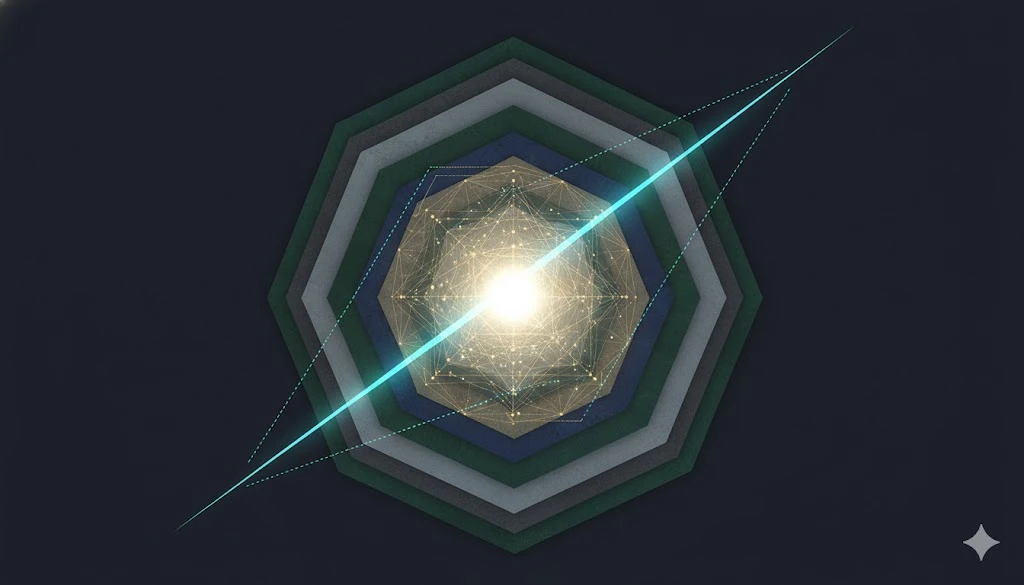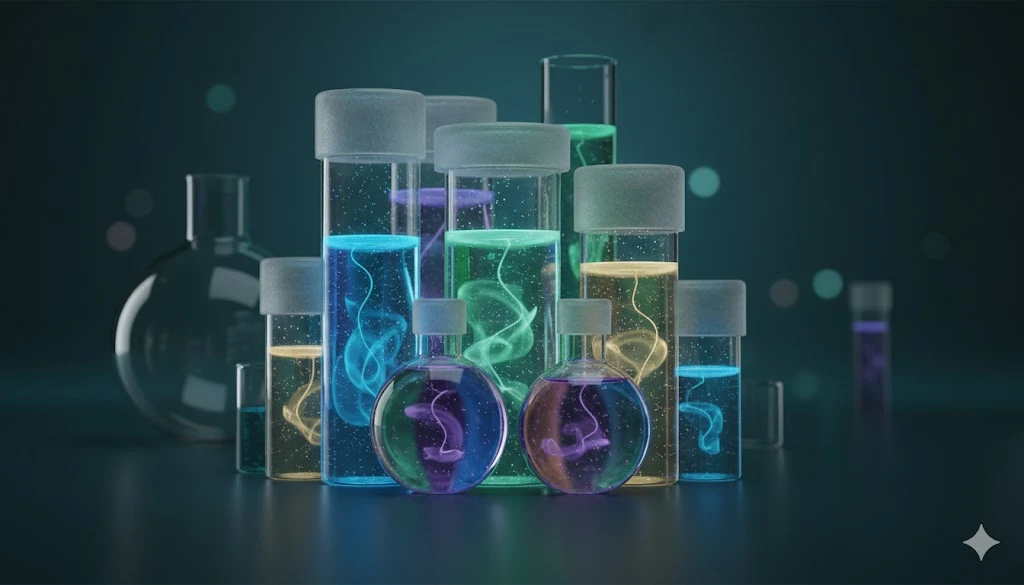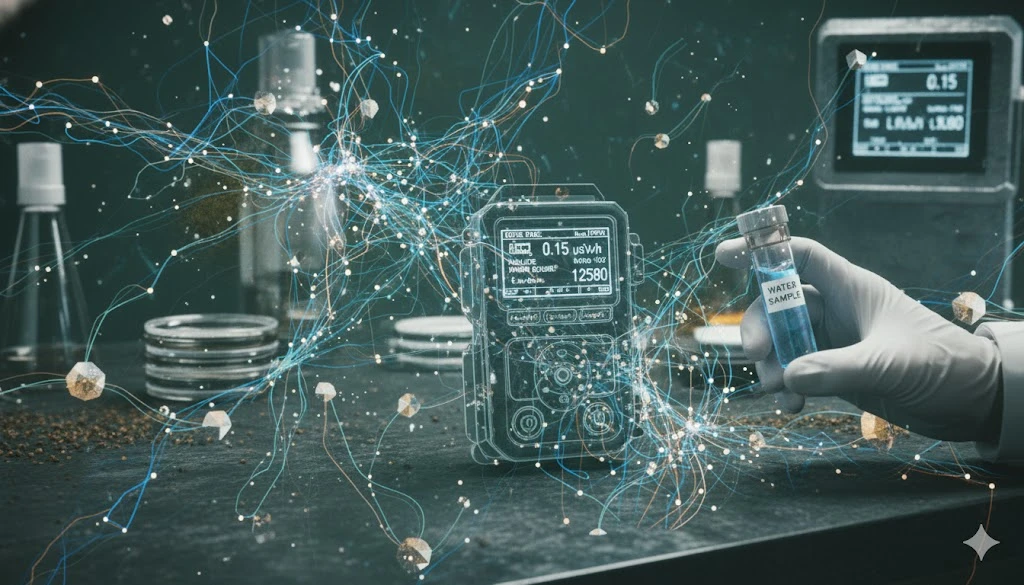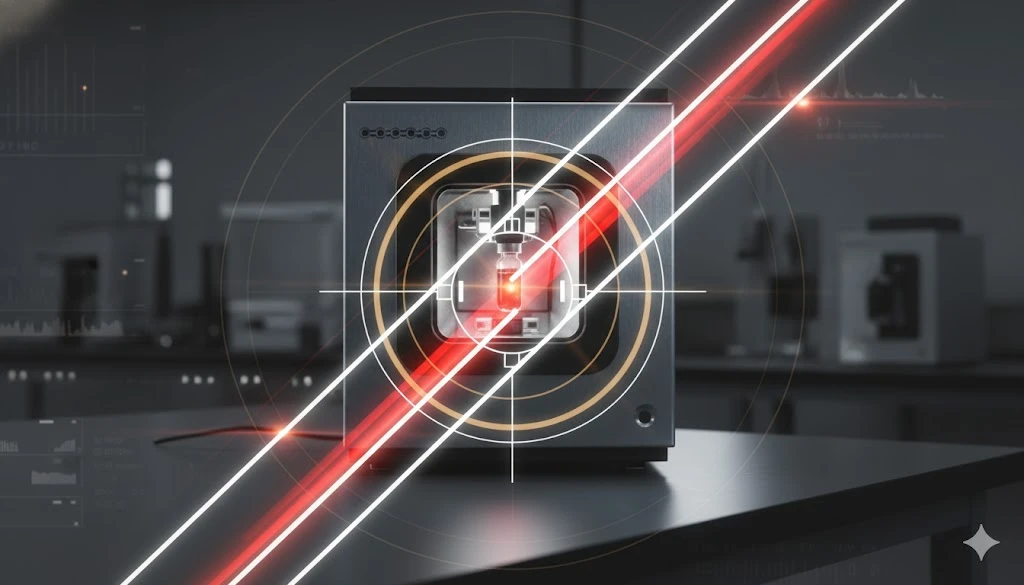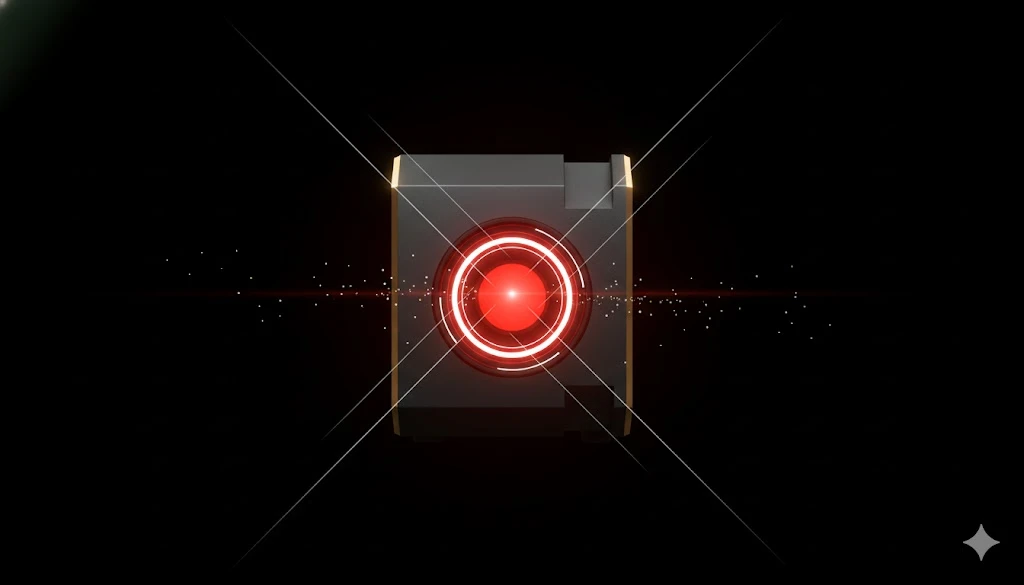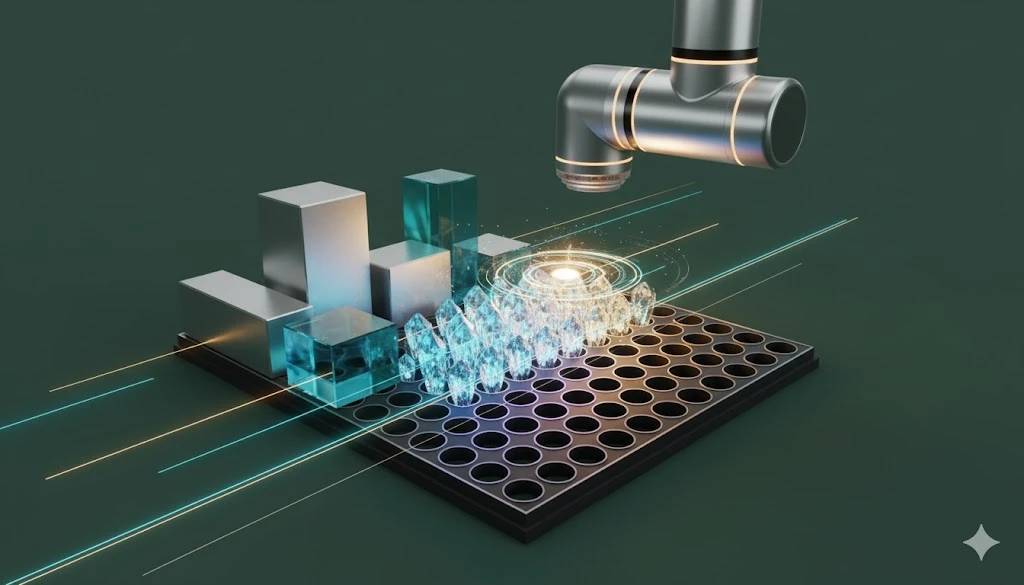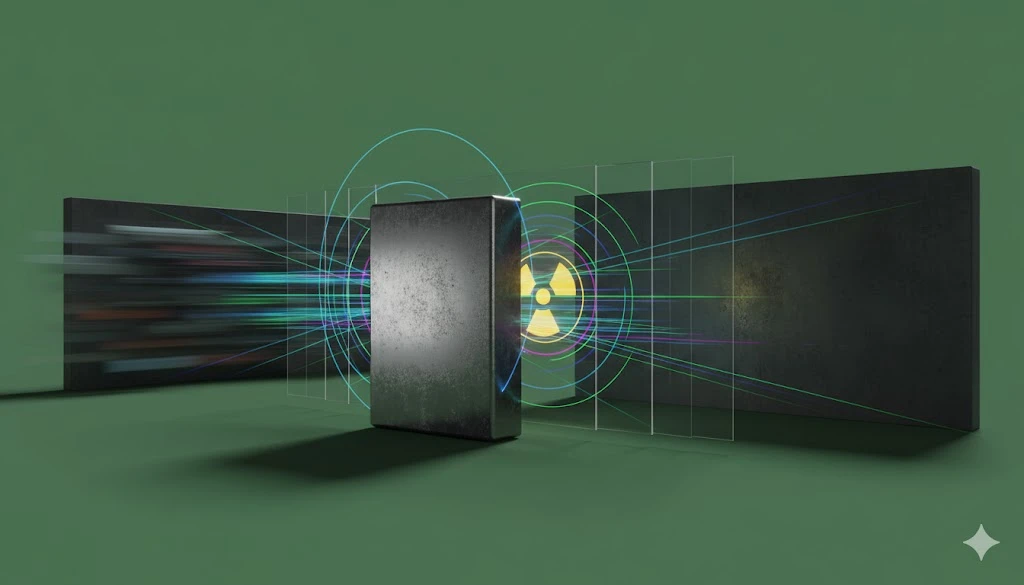3D Cell Imaging and Analysis: How the Landscape Is Changing
Reshaping expectations for 3D cell imaging and analysis and driving the development of more integrated, automated solutions.
From 2D Snapshots to 3D, Live, and Quantitative Data
Traditional fluorescence and brightfield imaging were built around thin, mostly static samples. In contrast, organoids and other 3D cultures:
- Self-organize into mini-tissues with native-like architecture and polarity
- Maintain heterogeneous cell populations and complex extracellular matrices
- Exhibit realistic gradients of oxygen, nutrients, and signaling molecules
- Produce gene expression and drug response profiles that more closely mimic in vivo biology
As a result, imaging workflows have had to expand from simple snapshots to multi-step, multi-modality processes that support:
- Routine culture checks to standardize when models are ready for experiments
- Fast pre-screening across many wells or conditions
- High-resolution volumetric imaging deep into light-scattering samples
- Long-term live imaging over hours to days
- Robust image analysis that can handle large, high-dimensional datasets
Turning 3D Visibility into Actionable Insight
3D cell imaging has moved from niche capability to a central requirement for cutting-edge biology and translational research. Vendors are moving away from isolated instruments toward end-to-end workflows that connect culture monitoring, imaging, and analysis into a coherent pipeline. As models grow more complex, the most successful labs will be those that:
- Treat imaging as a connected workflow, not a standalone step
- Prioritize gentle, high-content acquisition that preserves sample health
- Rely on AI-driven analysis to handle data scale and complexity
- Build standardized, auditable processes compatible with evolving regulatory expectations
For teams working with organoids and other advanced 3D models, now is the time to reassess whether your imaging pipeline can truly support the questions you’re asking. Download the whitepaper "From Complex Cultures to 3D Insights" to learn more about emerging solutions to the challenges of 3D model imaging.

